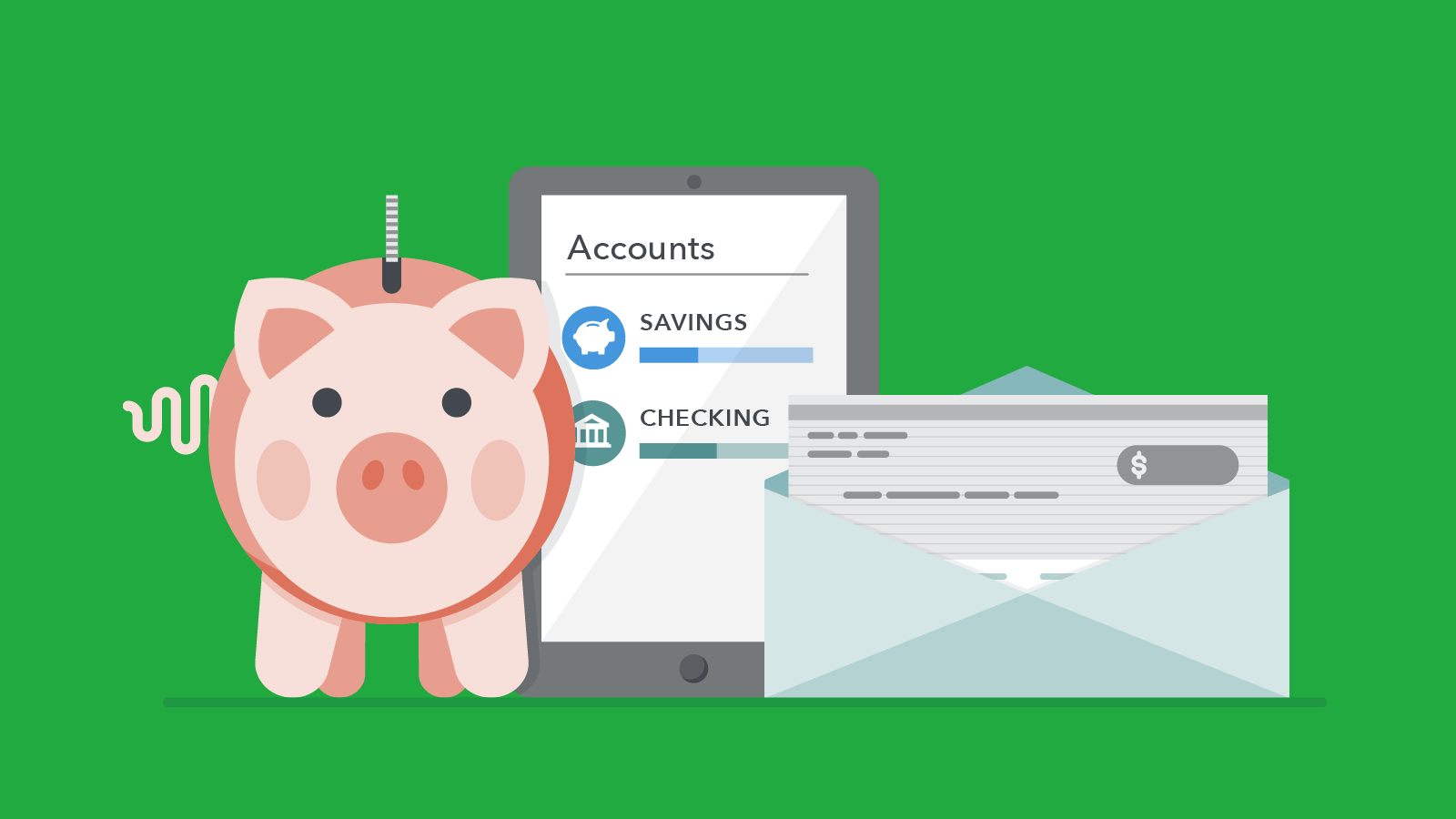Tax time saving tips
Saving while filing your tax return is easy and can be automatic. Saving can help you be prepared for financial emergencies and begin to plan for the future.

If you’re feeling like you just can’t get ahead, saving at tax time may help you get started.
Saving throughout the year can be tough. It may feel like every paycheck is spent before you get it. You might not have access to an easy way to save, like a separate account or automatic deposit from your paycheck.
If that’s the case, you’re not alone. According to a 2016 report from the Federal Reserve Bank, 46 percent of consumers indicated that they either could not pay for an emergency expense of $400, or would need to borrow or sell something to do so.
You can take advantage of tax time to prepare yourself for unexpected emergencies, or plan ahead for the future. Here are some tips to help you get started.
Why save at tax time?
There are three great reasons why tax time may be one of the best times of the year to plan for saving.
- Setting some money aside in a separate account can help you be ready to deal with unexpected expenses. It’s also a great way to start meeting some of your longer term financial goals, like saving for retirement.
- If you’re getting a refund, it may be the single biggest lump sum you will receive all year. This is especially true if you have paid in more taxes than you owe throughout the year and if you are eligible for refundable tax benefits such as the Earned Income Tax Credit.
- Saving while filing your return can be an easy and automatic solution. Filing your return electronically and direct depositing your refund will help you get your refund quickly and safely.
What steps do I need to take to save at tax time?
Here are some tips to start saving with your tax refund:
- Plan in advance to save some part of your tax refund. It’s likely that you already have plans for what to do with your refund — many people do. But, if you can include in your planning to save part of your refund, maybe 25 percent, it could help you down the road when an emergency occurs or you need a little extra cash to meet a financial goal.
- Have a separate account you use to save. There are many options to choose from, including a regular savings account with a bank or credit union, an IRA, a savings bond, or a savings wallet on a prepaid card. Review your options and choose the most convenient way to set aside your savings. Then, set it up in advance so you’re ready to use it during tax time.
- Automatically deposit some of your refund into a separate account when you file your return. If you’re receiving a refund, use your tax form to tell the IRS to put the part you need right away into your checking account and the rest into your separate account designated for savings. Don’t forget to take your savings account information with you if you visit a tax preparer or free tax preparation site.
How do I get the most out of my tax refund?
There are some easy steps you can take to make sure you get every dollar you’re eligible for from your tax refund. Here are a few:
- If your income is $54,000 or less, if you are 60 years old or older, or if you have a disability or speak limited English, you can generally get free tax preparation assistance at a Volunteer Income Tax Assistance (VITA) location near you. This IRS locator tool will help you find a VITA site near you.
- The IRS and U.S. Armed Forces also participate in the Volunteer Income Tax Assistance program, which provides free tax advice, tax preparation, return filing and other tax assistance to military members and their families. Go here for more information.
- If your income is $64,000 or less, you can use any one of several major tax preparation software products offered through the IRS Free File Alliance to prepare and file your return for free. If your income is more than $64,000, you can still download free tax filing forms through the IRS.
Be aware of potential tax fraud and scams
Tax-related identity theft—where someone uses your stolen Social Security number to file a tax return claiming a fraudulent refund—is becoming more and more common. The IRS is taking a number of steps to reduce identity theft. Check out theTaxpayer’s Guide to Identity Theft .
Other resources
Whether you’re just starting to save or are trying to meet a long-term goal, planning to save during tax time can help.
Learn about how certain tax credits may delay your refund, and how you can manage the delay.
If you’re a tax preparer, we also have resources you can use to encourage taxpayers to save part of their refund.
